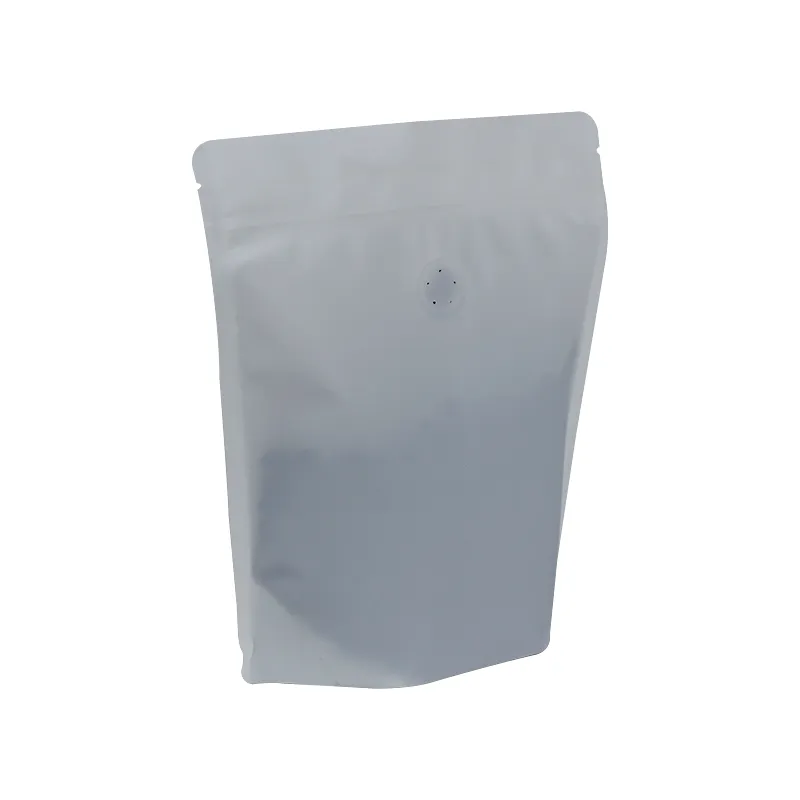- Afrikaans
- Albanian
- Amharic
- Arabic
- Armenian
- Azerbaijani
- Basque
- Belarusian
- Bengali
- Bosnian
- Bulgarian
- Catalan
- Cebuano
- chinese_simplified
- chinese_traditional
- Corsican
- Croatian
- Czech
- Danish
- Dutch
- English
- Esperanto
- Estonian
- Finnish
- French
- Frisian
- Galician
- Georgian
- German
- Greek
- Gujarati
- haitian_creole
- hausa
- hawaiian
- Hebrew
- Hindi
- Miao
- Hungarian
- Icelandic
- igbo
- Indonesian
- irish
- Italian
- Japanese
- Javanese
- Kannada
- kazakh
- Khmer
- Rwandese
- Korean
- Kurdish
- Kyrgyz
- Lao
- Latin
- Latvian
- Lithuanian
- Luxembourgish
- Macedonian
- Malgashi
- Malay
- Malayalam
- Maltese
- Maori
- Marathi
- Mongolian
- Myanmar
- Nepali
- Norwegian
- Norwegian
- Occitan
- Pashto
- Persian
- Polish
- Portuguese
- Punjabi
- Romanian
- Russian
- Samoan
- scottish-gaelic
- Serbian
- Sesotho
- Shona
- Sindhi
- Sinhala
- Slovak
- Slovenian
- Somali
- Spanish
- Sundanese
- Swahili
- Swedish
- Tagalog
- Tajik
- Tamil
- Tatar
- Telugu
- Thai
- Turkish
- Turkmen
- Ukrainian
- Urdu
- Uighur
- Uzbek
- Vietnamese
- Welsh
- Bantu
- Yiddish
- Yoruba
- Zulu
meaning of die cut
Understanding the Meaning of Die Cut
In the world of printing and packaging, the term “die cut” holds significant importance. But what exactly does it mean? At its core, die cutting is a manufacturing process that involves using a die to cut specific shapes or designs out of various materials, such as paper, cardboard, plastic, or metal. This technique is widely used in multiple industries, including packaging, signage, and even fashion, owing to its versatility and precision.
The term “die” in die cutting refers to a specialized tool or mold that is engineered to create specific shapes and patterns. These tools can be made from steel or other durable materials and are shaped according to the desired design. The cutting process is performed by applying high pressure to the die against the material, effectively slicing through it to create the intended shape. This can result in intricate designs that are difficult to achieve through traditional cutting methods.
Understanding the Meaning of Die Cut
Moreover, die cutting enables designers to explore complex shapes and creative designs that stand out. This is particularly valuable in marketing and branding, where unique packaging or promotional materials can capture consumer attention. For instance, a die-cut box with a distinctive shape or an eye-catching window can significantly enhance the product's appeal on store shelves. In the digital age, where visual impact is paramount, die cutting allows brands to elevate their marketing strategies.
meaning of die cut

There are various die cutting techniques, including rotary die cutting, flatbed die cutting, and laser die cutting. Rotary die cutting is typically used for high-volume production runs and involves a cylindrical die that rotates around a material feed. Flatbed die cutting, on the other hand, uses a flat pressing motion to cut out shapes, making it ideal for thicker materials. Laser die cutting utilizes lasers to achieve precise cuts and is suitable for intricate designs and smaller production runs. Each method has its own strengths and ideal use cases, providing flexibility depending on project needs.
Die cutting is also environmentally friendly in many cases. By utilizing digital die cutting technologies, companies can optimize material usage and create less waste. Additionally, many die-cut materials are recyclable or biodegradable, aligning with modern sustainability goals. Businesses striving to implement more eco-conscious practices can look to die cutting as a viable solution, ensuring that they meet both their design and environmental commitments.
In recent years, the die-cutting process has evolved with advancements in technology and software. Automated die-cutting machines and computer-aided design (CAD) software have made it easier for businesses to create precise patterns and designs. This innovation has also led to quicker turnaround times and reduced labor costs, contributing to overall efficiency in production.
In conclusion, die cutting is a crucial process that combines creativity and functionality in various industries. Whether it’s for packaging, marketing, or any form of custom design, the ability to produce precise shapes quickly and efficiently sets die cutting apart as an essential tool. As technology continues to advance, the possibilities offered by die cutting are bound to expand, enabling designers and businesses to push the boundaries of their creativity and enhance their products in an ever-competitive market. Understanding the meaning of die cut opens a window into the intricate world of design, manufacturing, and innovation, making it a key concept for anyone involved in these fields.













